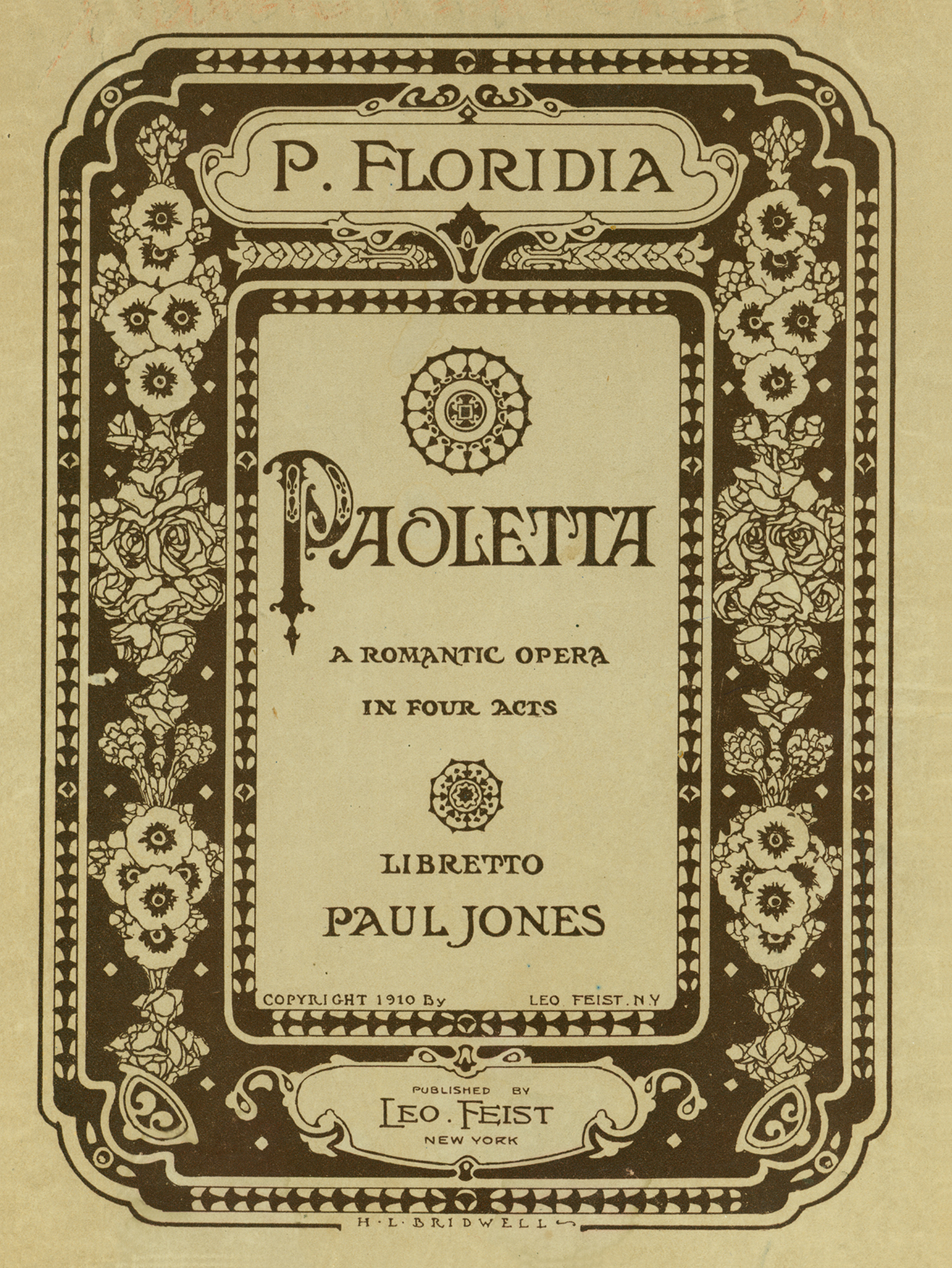 The King of Castile is at war with Aragon. Defeat has followed his arms, despite frequent appeal to the once potent charm of the Sacred Mirror, a talisman brought from Jerusalem by a crusading ancestor. This talisman ever gave forth a soft yet effulgent light of miraculous power. In the past, those bathed in its rays had always triumphed in love and war. Thus has it come to be looked upon as a divine symbol, betokening the supremacy of Good over Evil. To guard its safety, it has been enshrined in a Sanctuary where, between the night’s second hour and dawn, all men are forbidden save priests. To the violator of this law is meted the penalty of death.
The King of Castile is at war with Aragon. Defeat has followed his arms, despite frequent appeal to the once potent charm of the Sacred Mirror, a talisman brought from Jerusalem by a crusading ancestor. This talisman ever gave forth a soft yet effulgent light of miraculous power. In the past, those bathed in its rays had always triumphed in love and war. Thus has it come to be looked upon as a divine symbol, betokening the supremacy of Good over Evil. To guard its safety, it has been enshrined in a Sanctuary where, between the night’s second hour and dawn, all men are forbidden save priests. To the violator of this law is meted the penalty of death.
Having lost faith in the Mirror’s potency through his successive defeats, the King commands an astrologer, Gomarez, a recluse Moorish prince, to read the stars of the royal house. Although pretending to be a Christian convert, Gomarez is a necromancer, serving Azazil, the Spirit of Darkness. Though aged, he is infatuated with the Princess Paoletta, daughter of the King.
At the command of the King, Gomarez casts his horoscope and declares that only the Princess’s marriage will restore the stars of the royal house to their ascendancy, and thereby win a victory for the arms of Castile. Concealing his motive, he persuades the King to bestow her hand upon the prince, be he Christian-born or converted Moor, who achieves the greatest deed of valor against Aragon.
At the Feast of the Flowers, the King proclaims his resolve, and each prince, his suite arrayed in the color typical of a favorite flower, there declares his intention to strive for the Princess’s hand. With the unmasking of the suitors, all are astonished to find Gomarez among their number. Shouts of ridicule greet him. Finally, gaining permission to speak, he declares that he has entered the contest only by proxy for a nephew, Prince Muza, who dwells in a distant province, and who is ill.
Smarting under his humiliation, Gomarez appeals to Azazil for a promised period of second youth. His appeal granted, Gomarez later appears among the suitors of the Princess, assuming the character of his supposed nephew, Prince Muza.
The contest for the Princess’s hand is soon narrowed to Prince Muza and a valorous knight, Don Pedro. Both have proven equally brave against Aragon, but the Princess is already in love with Pedro. While commanding the sentinels guarding the Sanctuary, the shrine of the Sacred Mirror, and abode of the Princess, his serenades have won her heart. At times, however, soon after the coming of Prince Muza, the Princess’s love for Don Pedro strangely wanes, always with the fall of night. She is possessed by the Moor’s spell.
While bitterly reproaching the Princess for her inconstancy, Don Pedro is one night suprised by his rival upon the Sanctuary terrace during the forbidden hours. A duel follows. Prince Muza is wounded. Don Pedro escapes, but he is forever banished by the King who, too, has fallen under Prince Muza’s spell.
With Don Pedro proscribed, the King bestows the Princess’s hand upon Prince Muza. On the night of the marriage, in the Hall of the Scarlet Poppies, minstrels appear to sing the praises of the Moorish Prince. Suddenly, throwing off his disguise, one of their number stands forth as Don Pedro. He denounces Prince Muza, and amidst the consternation the priests appear with the Sacred Mirror. They have come to bless the marriage ceremony and bring future happiness to the bride-to-be by flashing the Mirror’s rays upon her. As the divine light glows upon the Princess, she is absolved from Prince Muza’s spell, and with a cry of joy she rushes into Don Pedro’s arms.
But illumining the Princess, the light has fallen as well upon Prince Muza. To the amazement of all, slowly he has turned into an old man, whom all recognize as Gomarez, the astrologer. Dying, he sinks to the floor.
Listen to the “Dove Song” from Paoletta, as performed by CCM students Caitlin Lynch, soprano, accompanied on piano by Matthew Ottenlips, on May 5, 2005. (Recorded by Michael John Mollo, Edited by Thomas Haines, Faculty member, CCM Electronic Media Division, Adapted for the Web by Lisa Pons-Haitz)